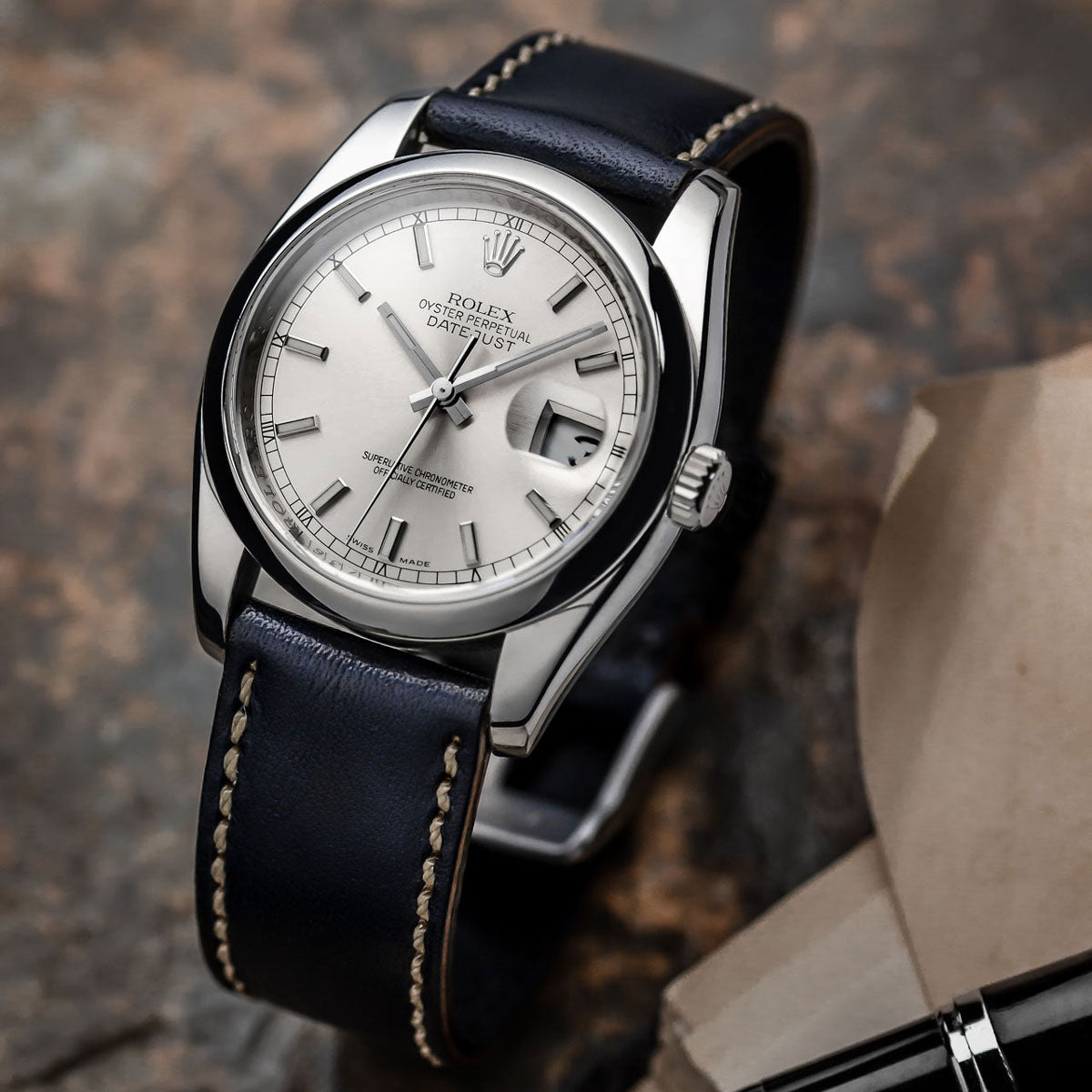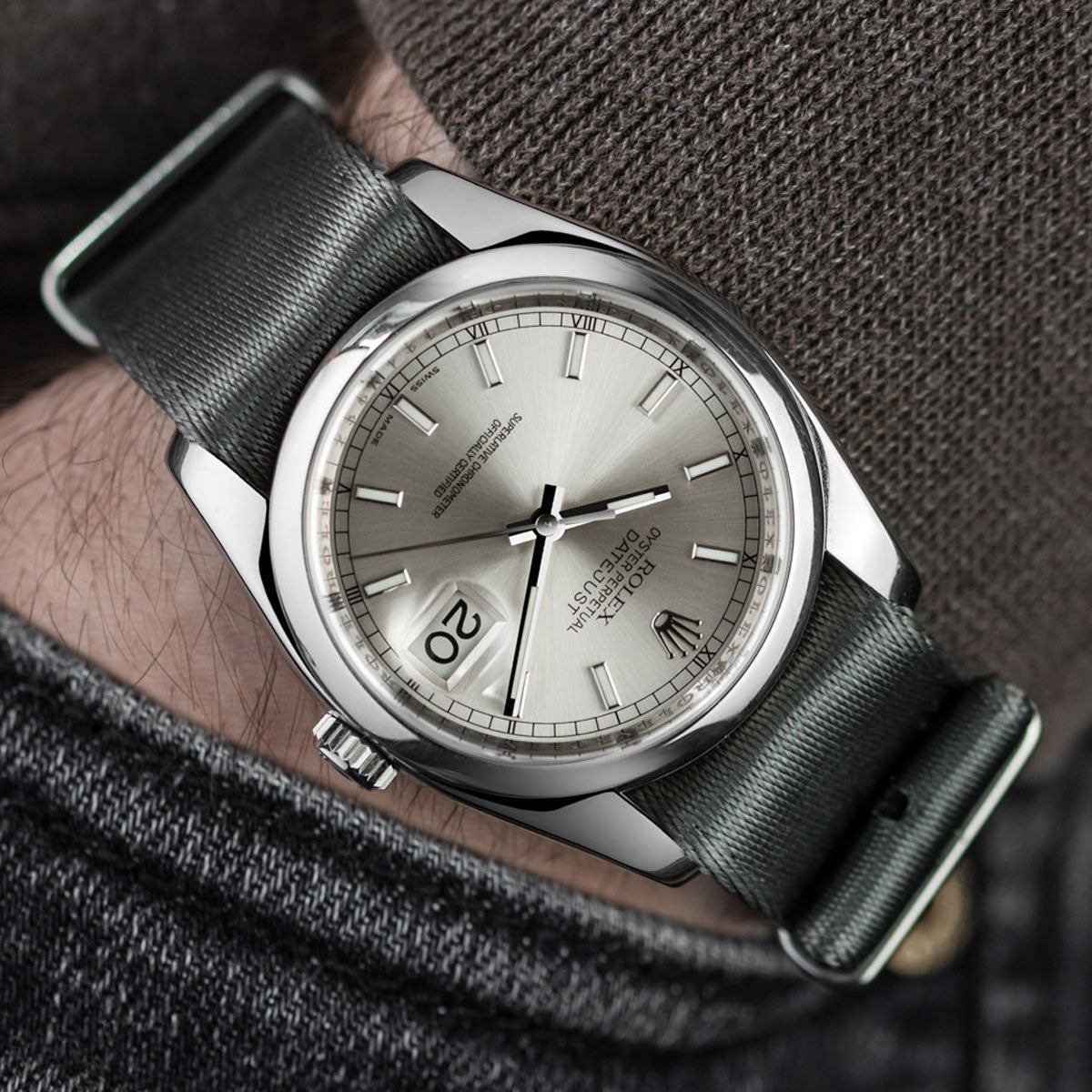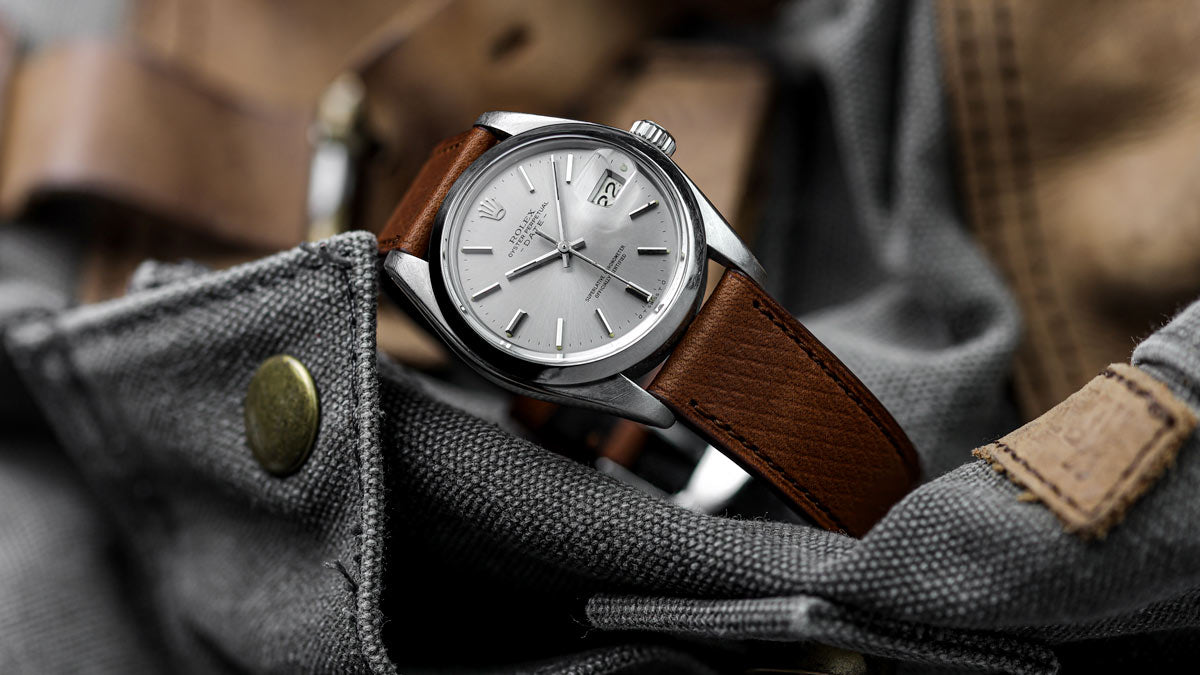Rolex is a brand like no other. As I’ve often said in the past, it is, these days, less a brand and more a phenomenon that transcends the industry. Although it is common practice for other lesser-known brands (which, by any metric, is all of them) to look up at the Crown and wonder how they might be able to copy its movements to gleam as brightly as it does. Unfortunately — and this has been the case for over a decade now — Rolex does not behave like a regular watch brand, or, should I say, the market does not react to it in the same way.
 Rolex GMT Master - Credit WatchGecko
Rolex GMT Master - Credit WatchGecko
And still, it appeals to collectors new and old. Those taking their first steps in watchmaking may very well have been turned onto the craft and all the wonderful things it has to offer because of Rolex, while those who have spent years curating the perfect collection know full well that Rolex’s unassailable position atop the industry is well-earned.
It isn’t just that Rolex makes an excellent product (which it irrefutably does), it’s also the fact that Rolex is the brand it is today because of its history. It not only adopted a revolutionary approach to marketing and real-world testing (see the 1927 newspaper advert detailing the exploits of cross-Channel swimmer Mercedes Gleitze, who attempted to swim from Britain to France while wearing a Rolex Oyster Perpetual on a cord around her neck to prove its water resistance — a test it passed with flying colours), but it also is responsible for a laundry list of watchmaking advancements.
Rolex was either the inventor or early adopter (and often refiner) of many developments that we take for granted in the industry today. Water-resistant automatic watches, chronometers with instantaneous date change mechanisms, dual time watches, and even dive watches are listed as notable achievements of the brand.




Rolex Datejust - Credit WatchGecko
The Crown, as it is colloquially referred to because of its logo and position in the watchmaking world, capitalised on its releases by telling enduring stories about these watches’ origins. When younger (or even older) brands look to Rolex for clues of how to replicate the Crown’s success, they come away with the same bitter conclusion: you cannot fake heritage. And Rolex has it in bags. That is one reason among many why the brand still appeals to those in the know.
While many experienced collectors enjoy adding quite basic Rolex watches to their collection because they are exceptional timekeepers and, quite simply, very well-built watches that can survive a truckload of abuse, there are certain models within the current and back catalogues that tend to appeal more to long-time watch lovers than they would to a neophyte collector. These tend to be either very complicated pieces whose functions or aesthetics are too esoteric to curry favour with rookies, or very expensive or limited production models that require both deep pockets and a long-standing relationship with an authorised dealer to obtain.
But it is this variety that makes Rolex such a compelling brand, even when the most popular models of today are hard/impossible to come by without excellent connections or a long purchasing history with a trusted authorised dealer.
 Rolex Oyster Perpetual on Beswick Novonappa Leather Watch Strap - Credit WatchGecko
Rolex Oyster Perpetual on Beswick Novonappa Leather Watch Strap - Credit WatchGecko
There are probably more words on watch blogs and in watchmaking magazines dedicated to Rolex than to any other brand and, for the most part, media outlets are happy to provide that content for free (which does seem a bit unfair to smaller brands that often have to put huge sums of money into coverage in an attempt to be heard above the noise), but there are good reasons for it.
It isn’t just about the clicks or the buys a Rolex story can generate, although that is a massive factor in media platforms’ decision to routinely cover a brand that has, through its policy of managed scarcity, managed to alienate vast swathes of the collecting community, and it would be disingenuous to pretend otherwise. However, the other, more honourable reason to write about Rolex, is because it is just so darn interesting as a case study of success in action.
Its patient approach to model development is incredible. It moves at a glacial pace and seems impervious to outside influences. There have been models “demanded” by the buying public, with their cash in hand eagerly waiting to purchase the currently unavailable configuration of XYZ in a heartbeat that Rolex just seems to ignore.
 Rolex Submariner - Credit WatchGecko
Rolex Submariner - Credit WatchGecko
And that’s because Rolex is a leader. It knows what sells (which is pretty much everything it makes), but more than that, it understands why. It is a perfect blend of product and presentation, of patience, painstaking planning, and peerless promotion. The fact that Rolex refers to its “ambassadors” as “testimonees” is a shining example of how turning a phrase is just as important as turning stock.
There has never been and may never be a brand that is as good as Rolex is at doing this. I often ponder what it must be like to work for this incredible machine that steamrolls its competitors as if they were pesky bumps in the road. While I wouldn’t go as far as to suggest there is anything resembling inactivity within the walls of Rolex, it is, in a philosophical sense, at least, a flawless example of the “art of doing nothing” in practice.
The truth is that Rolex has considered everything to the nth degree. It wouldn’t surprise me to learn that the product release strategy for the next ten years is all but set in stone. Small tweaks to existing collections here, the odd colourful dial designed to break the internet, and the occasional watch no one will ever see on the wrist of a fellow collector to drive would-be buyers into a frenzy are likely all conceived and banked many years in advance.
And meanwhile, those of us on the outside wait, with wide eyes and bated breath for the next morsel of news thrown our way, as we tirelessly track the trajectory of a phenomenon that has the unrivalled ability to irritate and inspire us all.









